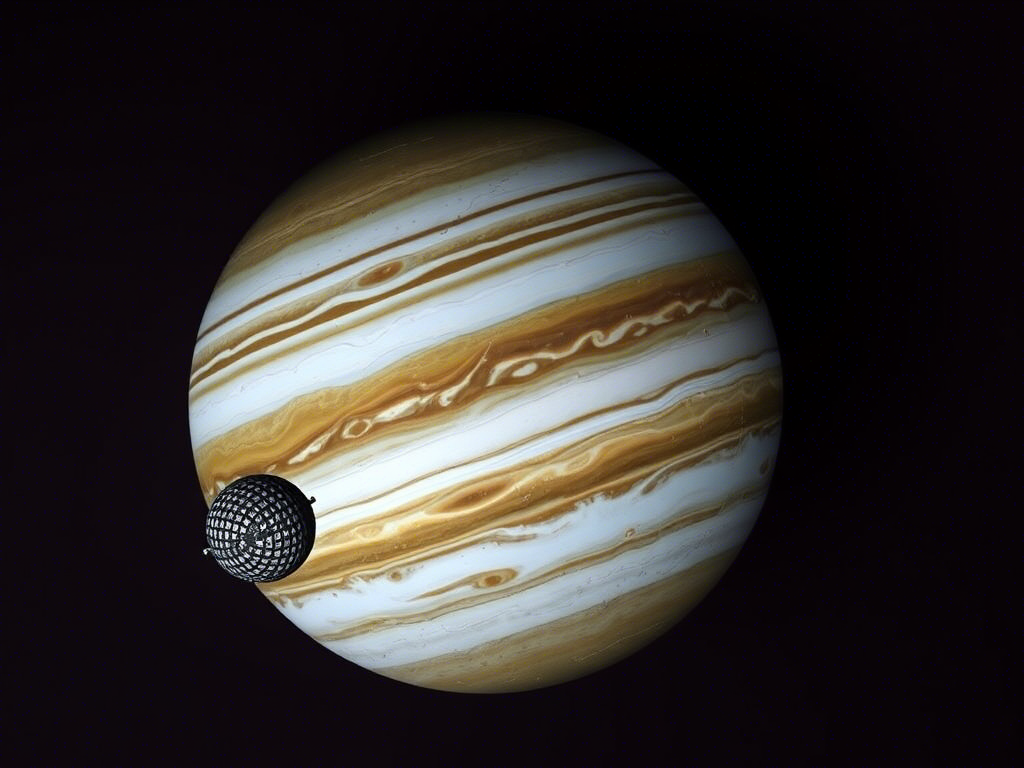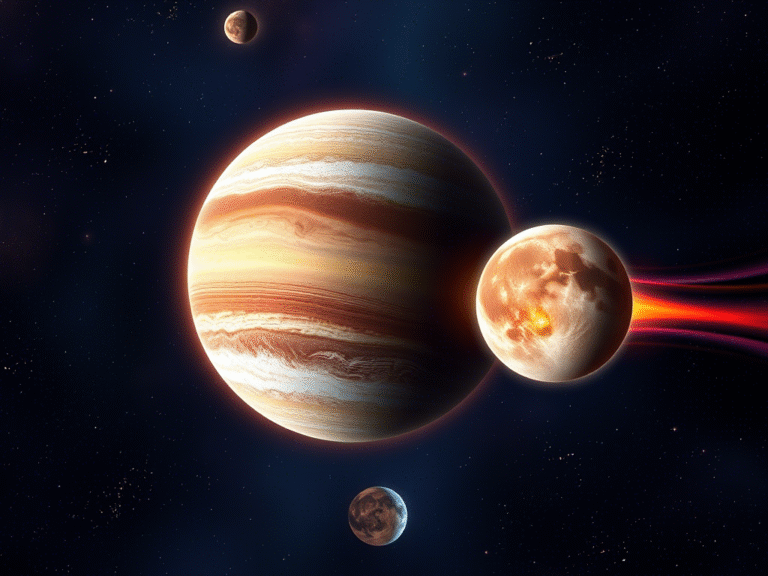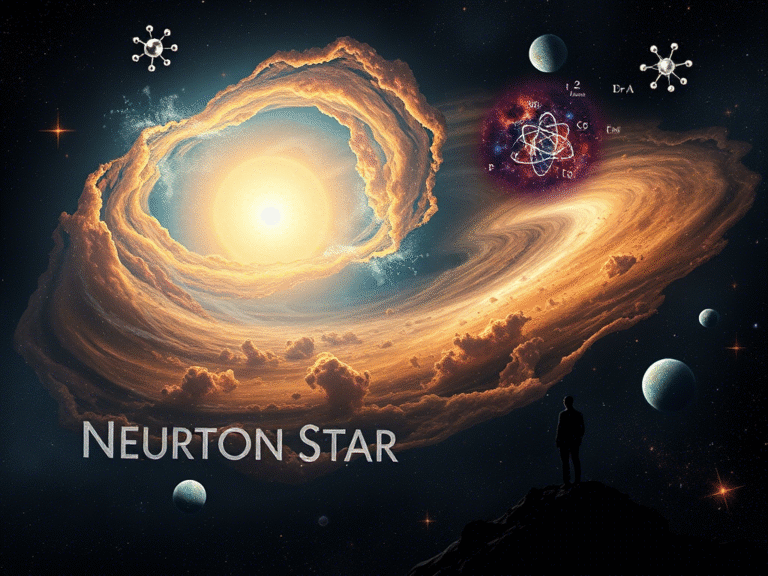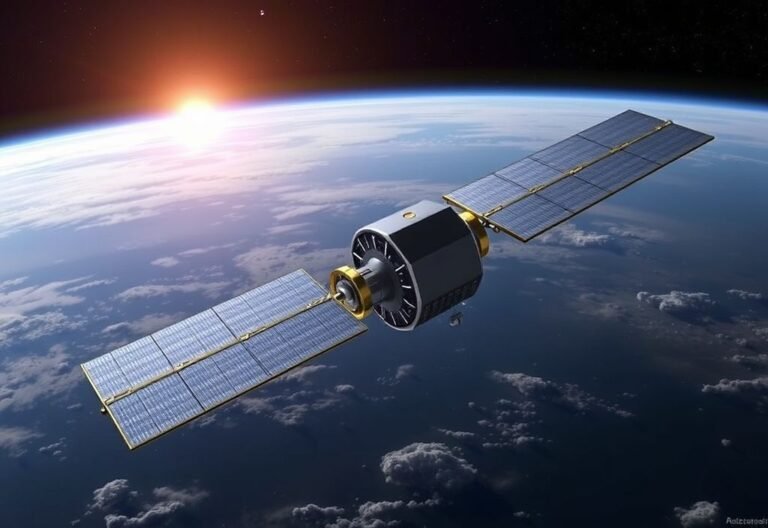
Jupiter’s Gravitational Secret Revealed by Its Smallest Satellites
New research suggests that Jupiter may have started out much larger than it appears today — possibly more than twice its current size , with a magnetic field up to 50 times stronger than what we observe now.
Scientists reached this conclusion by studying the orbits and composition of Jupiter’s small inner moons. These tiny satellites appear to be made from material left over from the planet’s earliest days, offering a rare glimpse into its primordial past.
Long known as the Solar System’s giant — both in size and influence — Jupiter may have played an even more dominant role in shaping our cosmic neighborhood than previously thought. Its immense gravitational pull could have helped sculpt planetary orbits , form the asteroid belt , and even shielded Earth from dangerous space impacts during the violent early stages of the Solar System.
These findings not only reshape our understanding of Jupiter itself but also offer valuable clues about how gas giants form — and how they influence the birth and evolution of entire planetary systems.
Uncovering Jupiter’s Ancient Power
A new study is shedding light on Jupiter’s dramatic early history — revealing that the gas giant may have once been two to two-and-a-half times larger than it is today. Even more surprising, scientists estimate that its magnetic field could have been up to 50 times stronger , making it a true powerhouse in the young Solar System.
These findings, published on May 20, 2025 , in Nature Astronomy , come from researchers Konstantin Batygin and Fred C. Adams . Their paper, titled “Determination of Jupiter’s Primordial Physical State,” offers a compelling look at the Solar System’s turbulent infancy — a time when planetary forces like Jupiter were shaping the cosmic neighborhood around them.
Batygin, a professor of planetary science and astrophysics at Caltech , and Adams, a physics professor and director of the Leinweber Center for Theoretical Physics at the University of Michigan , combined advanced modeling techniques with observational data to reconstruct Jupiter’s ancient state.
Their research not only deepens our understanding of how Jupiter evolved but also helps explain how giant planets influence the formation and stability of entire planetary systems — including our own.
Rethinking How We Understand Solar System Formation
For decades, the dominant model of Solar System evolution has focused on the gravitational interplay between the Sun and Jupiter , treating them as the main forces shaping our cosmic neighborhood. However, recent observations suggest that Jupiter’s role was even more profound than previously believed — actively influencing the formation of planets, the structure of the asteroid belt, and the overall layout of the Solar System.
Understanding Jupiter’s origin and how it evolved over time is now seen as a crucial piece in piecing together the early history of our planetary system. Yet, many questions remain unanswered. The exact timeline and mechanisms behind Jupiter’s formation are still unclear, largely due to the limitations and uncertainties in current models of planetary accretion.
As new research emerges — including studies into Jupiter’s early size and magnetic strength — scientists are being pushed to refine existing theories and rethink long-held assumptions about how giant planets form and shape their surroundings.





